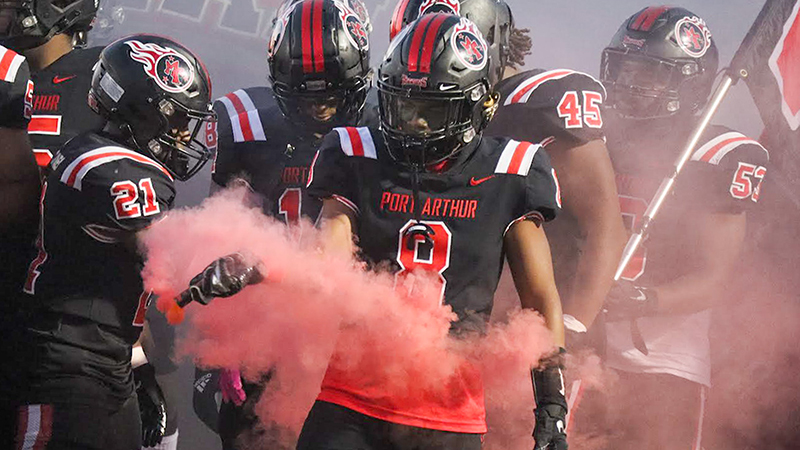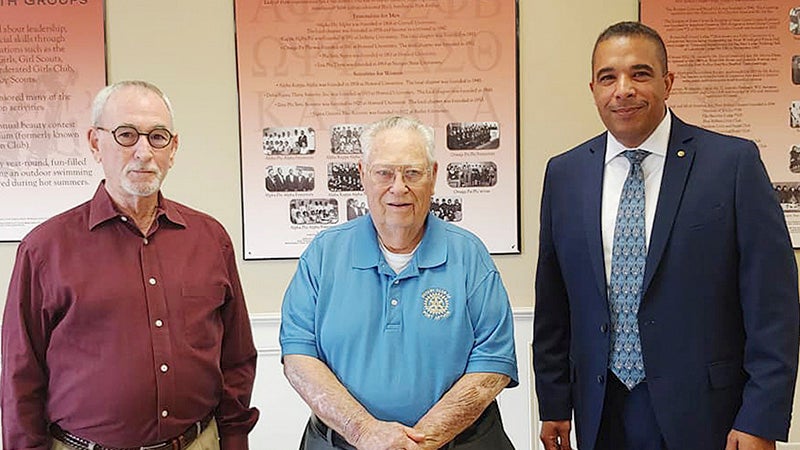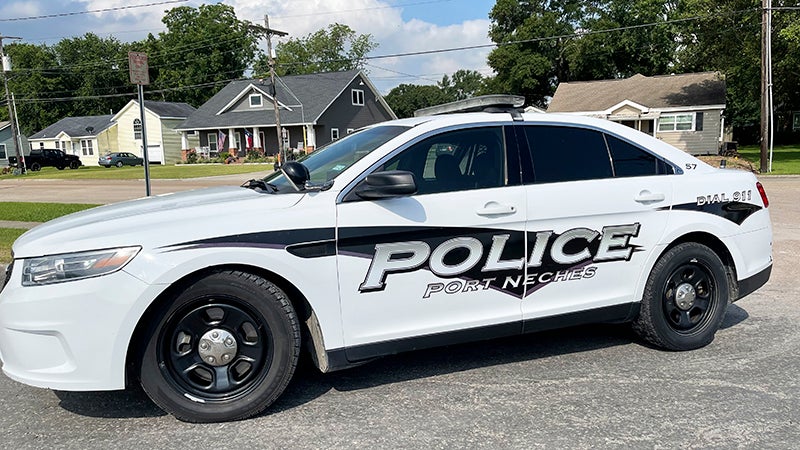Hunting sandhills like hunting dinos
Published 7:34 pm Saturday, November 22, 2008
In flight, they look like Rodan, the flying, radioactive-mist-breathing dinosaur of low budget Japanese monster film fame. With wingspans of up to six feet and more, they are the largest huntable avian species in North America.
I’m talking about sandhill cranes, or “dino birds,” as avid sandhill hunter Chris Stuart likes to call them. Though not quite capable of terrorizing Tokyo, sandhills are more than worthy adversaries for mere humans. They are simply tough to hunt.
Lesser sandhill cranes, as many as 450,000 of them, roost in Texas from the Panhandle playas to the coastal prairies. These big birds are gray with black legs and sport a red area on their head, and sometimes have rust-colored spots on their massive wings. They are truly beautiful birds and resemble the even larger white and extremely rare whooping crane. At a distance, they can look like a great blue heron.
Some Texas hunters may not realize it but, sandhills are highly popular with a dedicated core of hunters in the prairie country west of Houston, and along the Middle Coast at areas like Bay City . In the Texas Panhandle, they are considered pests that destroy crops, prompting many farmers to put out signs reading: “Hunt cranes for free here”.
A few years back my dad, Chester Moore, Sr., and I hunted sandhills at Eagle Lake Lodge west of Houston . We had a great time pursuing these fascinating, giant game birds, and learned a lot about their peculiar habits, although we did not have much success. It wasn’t that the guide didn’t do his job. It was that Dad and I aren’t very good crane hunters. Frankly, we weren’t prepared to deal with such a sharp adversary.
Mike Hruby of Hempstead hunts sandhills frequently, and said all waterfowl enthusiasts owe themselves at least one chance at hunting these big, magnificent birds.
“It’s different from anything you’ve ever done as far as bird hunting goes,” Hruby said.
“Sandhills are a very exciting and challenging species. They can see better than a snow goose, and are smarter as far as I’m concerned.”
On our hunt, we had an idea where we thought the cranes were roosting, and set up a few hundred yards away to get some passing shots as the birds flew over low on the overcast day. But the birds played a trick on us.
Instead of roosting where they had been for a week, they moved a mile south and completely messed up our strategy. I was upset the birds had switched patterns on us, but couldn’t help but be a bit awed. They literally looked like dinosaurs flying around, and the haunting sound they made stirred the soul.
Crane hunters are divided as to the best strategy for bagging these birds.
Some like to set out small sets of decoys while others prefer larger spreads. On the Texas Coast , many hunters prefer scouting the birds then setting up for pass shooting. Getting cranes to decoy isn’t the easiest task in the world.
Kevin Brooks of Seymour hunts sandhills in North Texas every year and said the birds are as tough to kill as they are to pattern. He recommended hunters shoot for the neck to bring them down.
“Their breast is tough, but their neck is very tender,” Brooks said.
“You can kill them with a breast shot, obviously, but they go down easier with a neck shot.”
Brooks also warned hunters should be careful when retrieving a downed crane, and to consider leaving their dogs at home.
“Sandhills have put lots of dogs eyes out and caused severe pain to some hunters,” he said.
“These birds have a very sharp beak and will use it to lash out at dogs or hunters when wounded. It’s best to approach these big birds with caution because they can cause some severe pain.”
The sandhill crane makes excellent table fare. Each crane yields about one to two pounds of solid breast meat. The meat is red like ducks and geese, but has a texture similar to steak and isn’t quite as greasy as ducks and geese.
Sandhill hunting is not allowed in Southeast Texas but there are three zones of the state where harvest is legal. Zone A is open now and Zone B opens the 28th. Zone C, which is near the coast opens in December and there are already plenty of birds in that region.
Chester Moore, Jr. is the Port Arthur News Outdoors Editor. To contact Chester Moore, e-mail him at cmoore@fishgame.com. You can hear him on the radio Fridays from 6-7 p.m. on Newstalk AM 560 KLVI or online at www.klvi.com.





